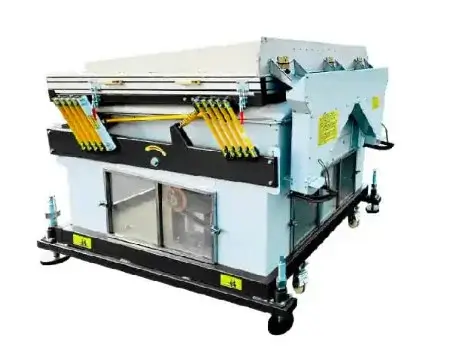In the process of harvesting cereal crops, a certain amount of various debris gets into the products along with the grain. To separate valuable raw materials from minor particles, a grain separator is used . The industry produces a fairly wide variety of designs so that the end consumer has the opportunity to choose the device that best suits his tasks.
Why is it necessary to purchase a separator
It is impossible to collect a completely clean harvest for a variety of reasons. Even the most modern combines, in the process of harvesting, partially capture secondary particles with cereal seeds. Transportation by truck adds contamination to the cereals. Most often, the following impurities act as garbage particles:
- Grains and seeds belonging to other crops and plants.
- Grains of sand of various sizes, including ordinary road dust.
- A small amount of soil that gets into the raw materials.
- Remains of straw and particles of spikelets during their processing.
- Grinded weeds also get into the grain.
- /ol>
All impurities, and they amount to a percentage equivalent of 7 to 20%, must be gotten rid of. Only in this case can you count on obtaining grain crops of appropriate quality. Impurities not only deteriorate the quality of grain, they can negatively affect the process of its processing into flour or combined animal feed.
Principle of operation of the separator
Equipment can have a variety of physical dimensions and speed of grain flow cleaning. Correctly selected at https://fsapsan.ru/product-category/zernoochistitelnoe-oborudovanie/zernoviye_separatori/, configured and put into operation, it will improve the quality of grain purity, thereby increasing its value in the eyes of a potential buyer. The operating principle of the separator is quite simple. The standard algorithms of action will be the following principles of operation of the installation:
- a bunker where the crop is poured for subsequent purification from impurities;
- a device that delivers dosed portions of grain from the bunker;
- two lattice-type housings where screening occurs;
- aspiration channels for primary and secondary cleaning;
- mechanisms that drive individual elements of the separator.
- /ol>
Complex separators on the site are more popular. The simple mechanism serves mainly only to calibrate the raw materials and remove the largest impurities. The coordinated work of all components ensures high-quality and fairly fast cleaning and calibration of grain crops.





